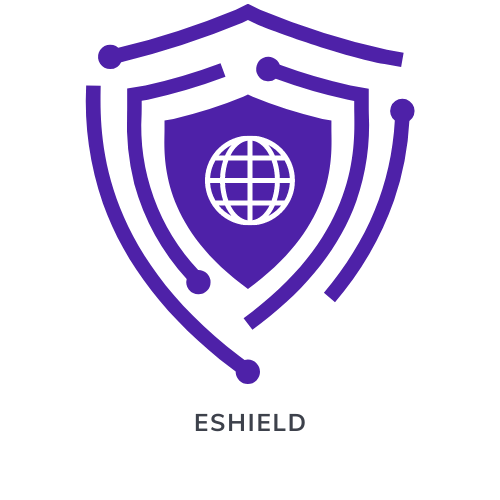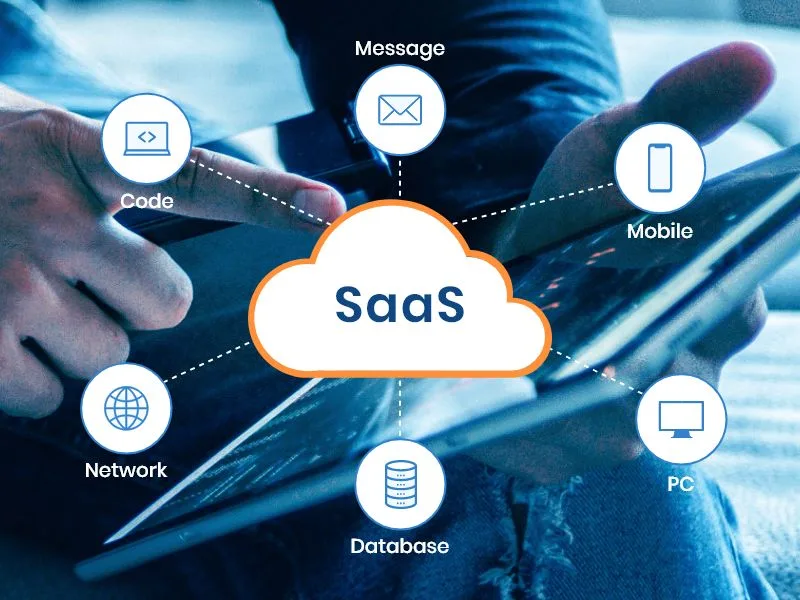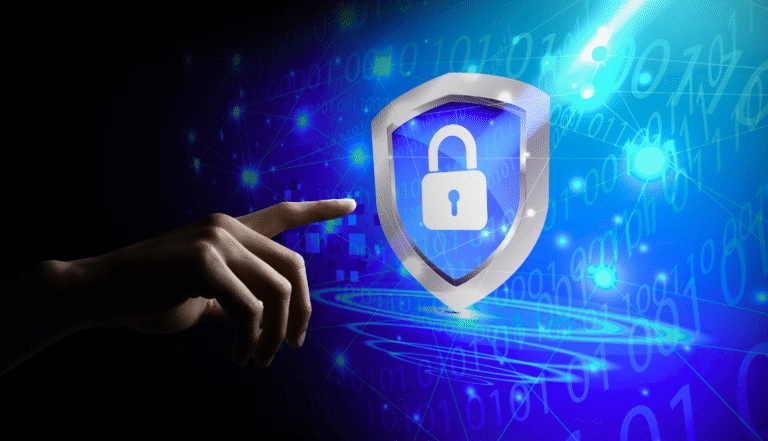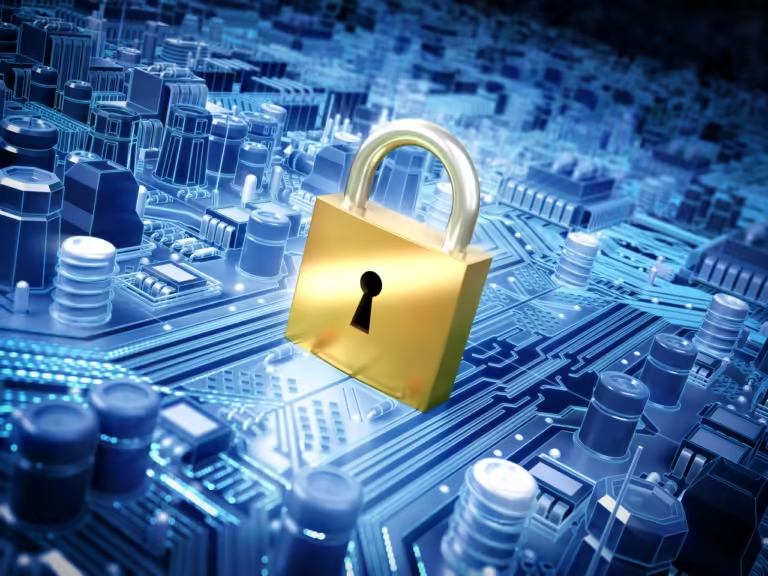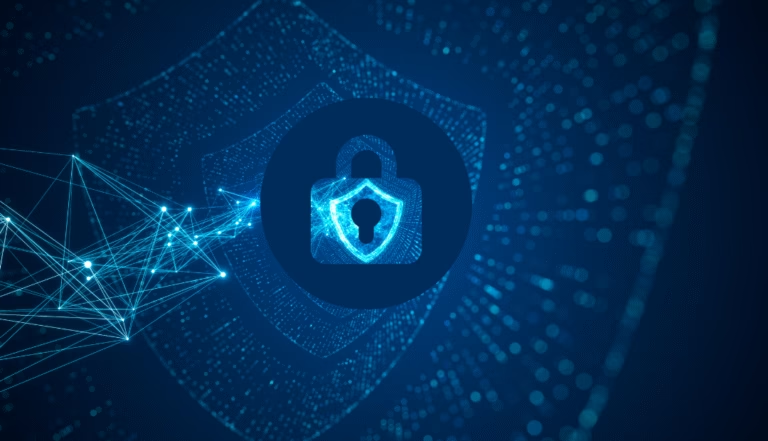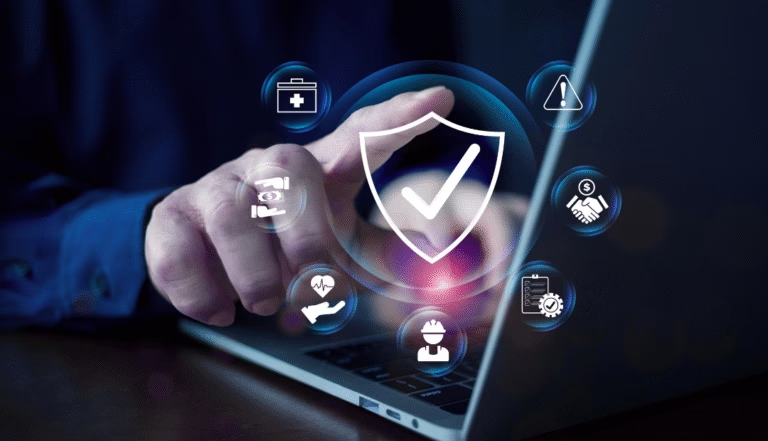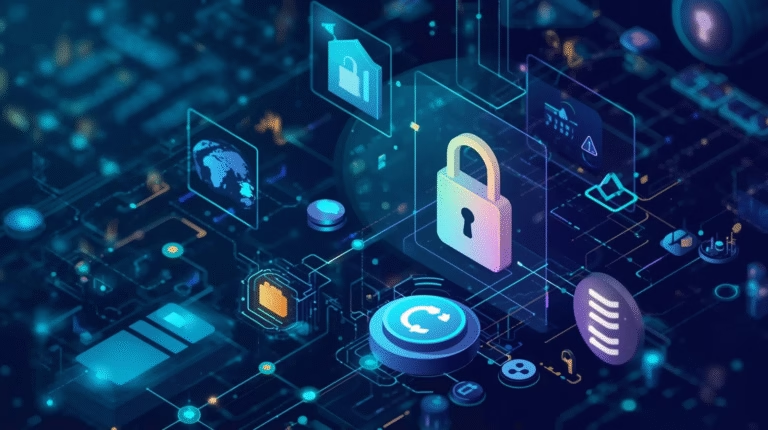Understanding SaaS Security:
Software as a Service (SaaS) security refers to the measures and protocols implemented to protect the data and systems of SaaS applications from cyber threats and unauthorized access. SaaS security is essential for maintaining the confidentiality, integrity, and availability of sensitive information stored in the cloud.
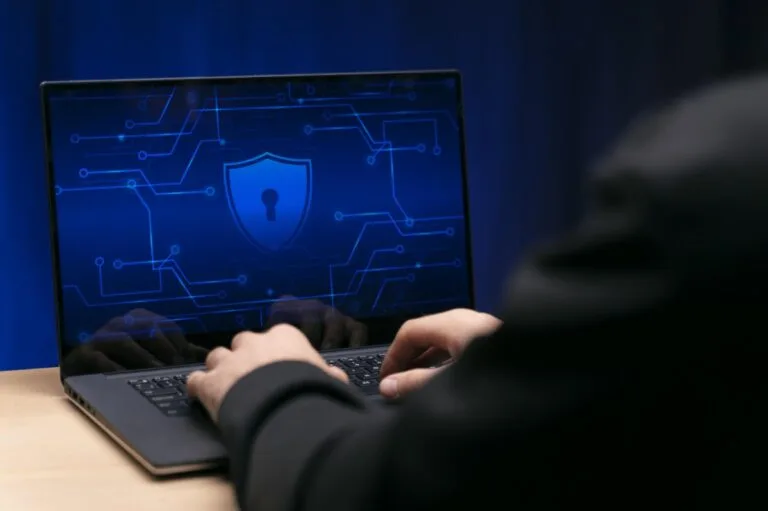
1. Data encryption:
Data encryption is crucial for protecting sensitive information from unauthorized access. SaaS providers should use strong encryption protocols to encrypt data both in transit and at rest.
2. Access controls:
SaaS applications should have robust access controls in place to ensure that only authorized users can access data and system resources. This includes implementing multi-factor authentication and role-based access controls.
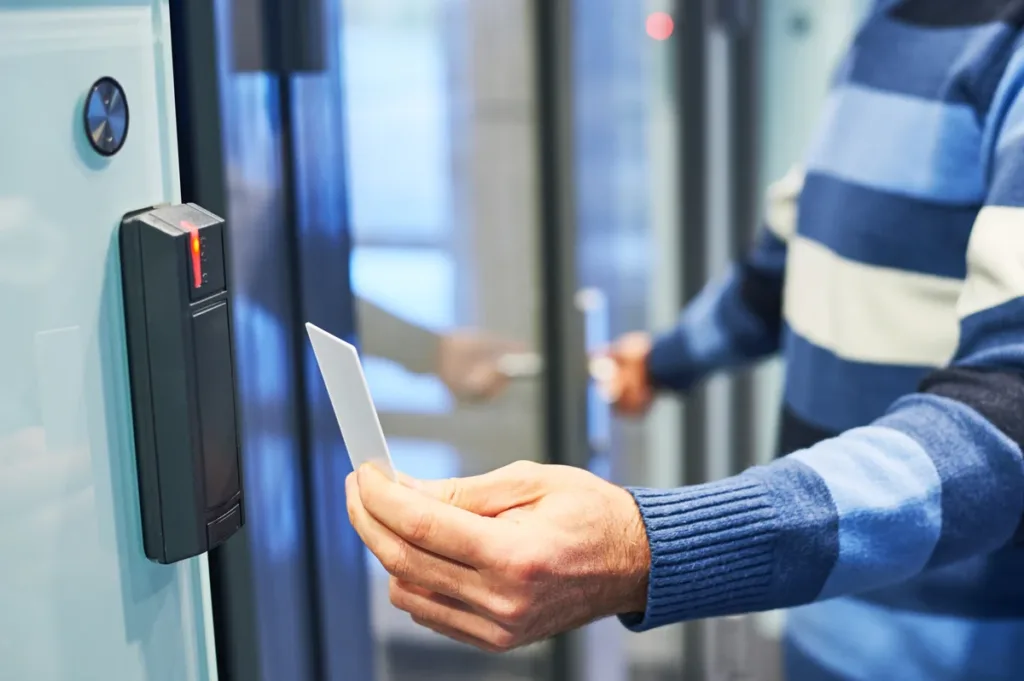
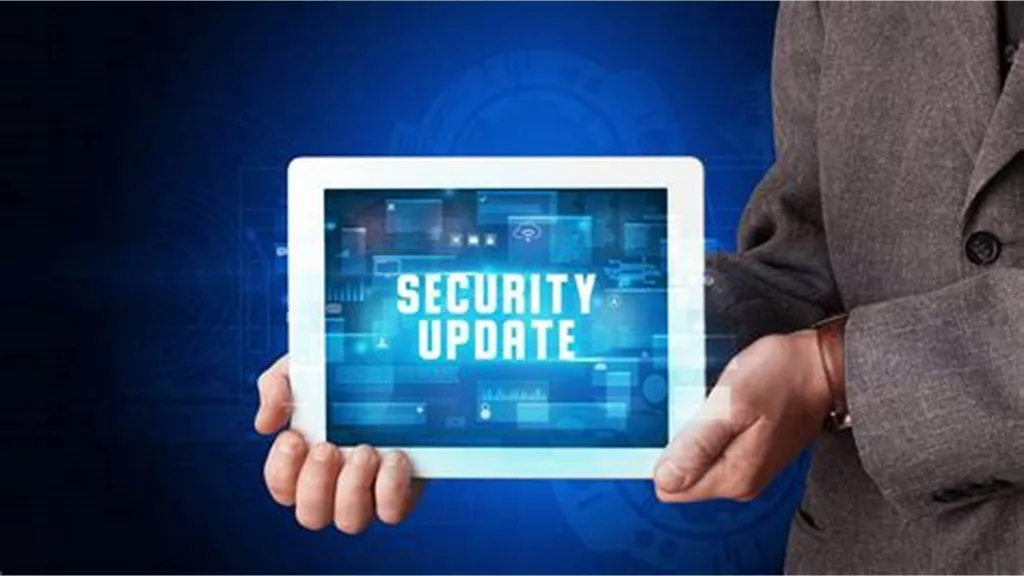
3. Security updates and patches:
SaaS providers should regularly update their software with security patches to address vulnerabilities and protect against known cyber threats.
4. Network security:
SaaS providers should implement network security measures such as firewalls, intrusion detection systems, and network segmentation to protect against unauthorized access and data breaches.
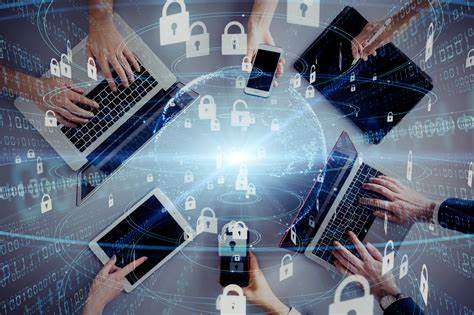
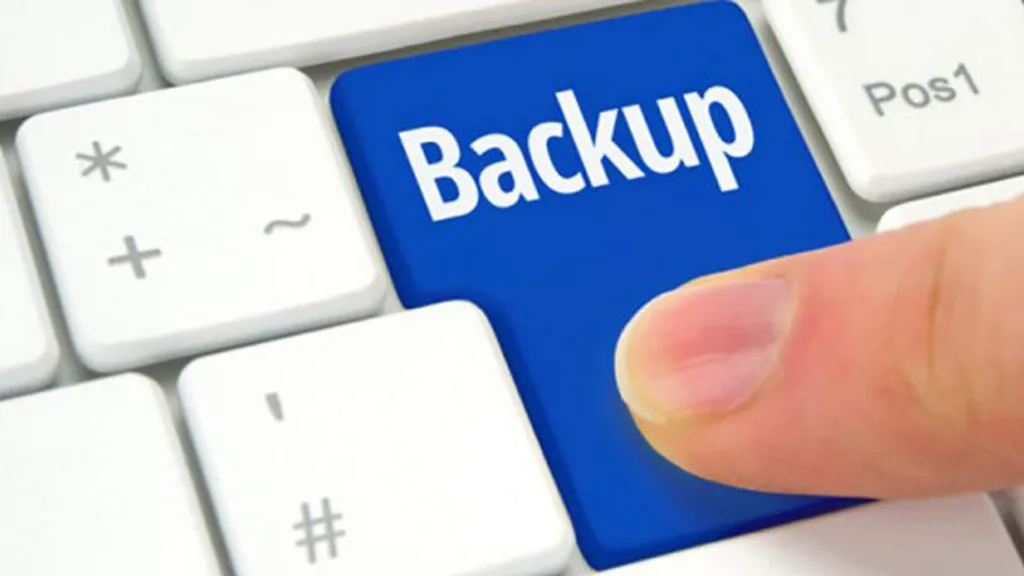
5. Data backup and recovery:
SaaS providers should have effective data backup and recovery processes in place to ensure that data can be quickly restored in the event of a cyber attack or system failure.
6. Compliance with regulations:
SaaS providers must comply with relevant data protection regulations such as GDPR and HIPAA to protect the privacy and security of user data.
In summary, SaaS security is essential for protecting sensitive information and ensuring the reliability and trustworthiness of cloud-based applications.
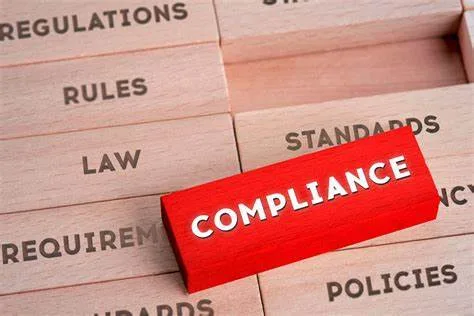
Securing SaaS Applications:
Securing SaaS applications is crucial to protect sensitive data and ensure the privacy and integrity of the system.
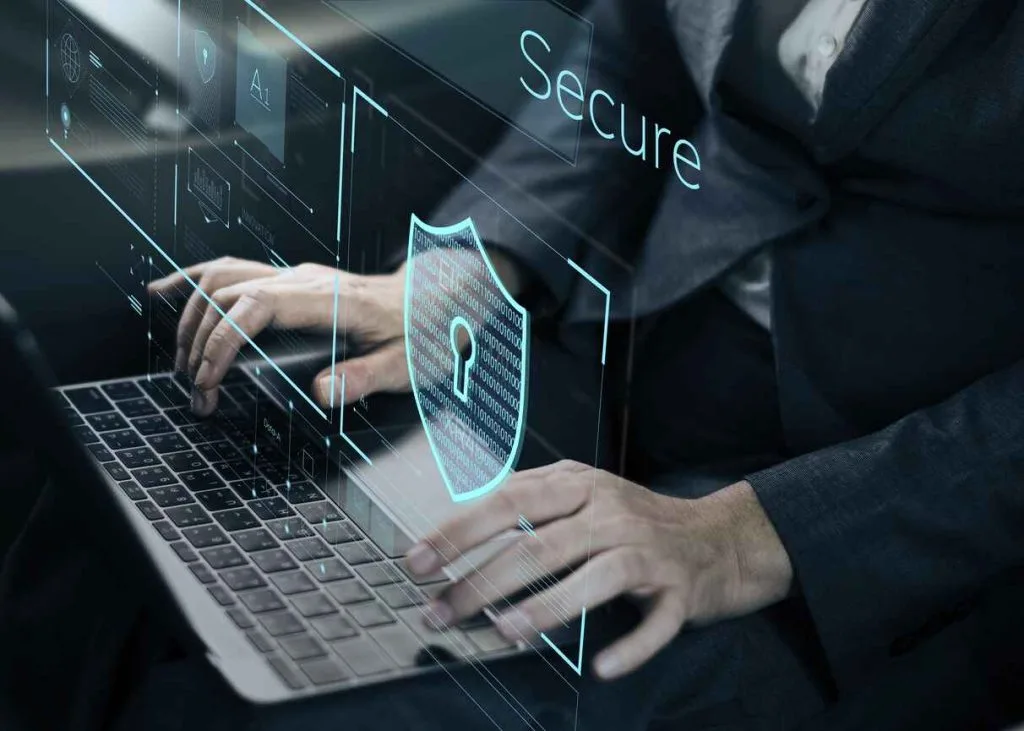
1. User authentication and access control:
Implement strong authentication methods such as multi-factor authentication (MFA) to ensure only authorized users have access to the application. Employ role-based access control to restrict access based on user roles and responsibilities.
2. Data encryption:
Encrypt data both in transit and at rest to prevent unauthorized access. Use encryption protocols such as SSL/TLS for data in transit and AES encryption for data at rest.
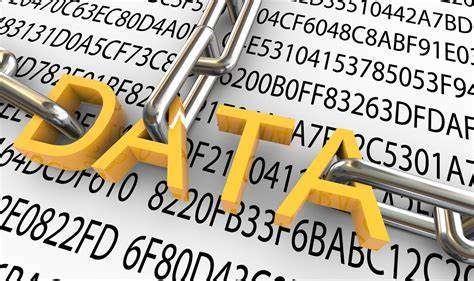

3. Regular security updates:
Keep the SaaS application and all associated software up to date with security patches and updates. Regularly check for vulnerabilities and address them promptly to prevent security breaches.
4. Data backup and disaster recovery:
Implement robust data backup and disaster recovery plans to ensure that data can be quickly restored in case of data loss or security incidents.
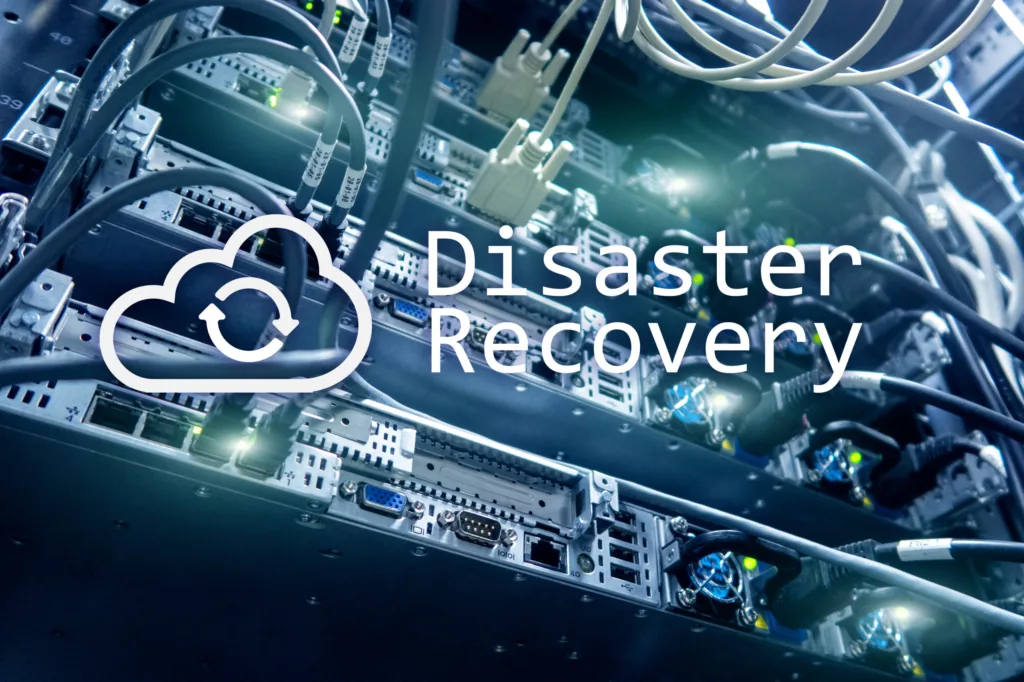
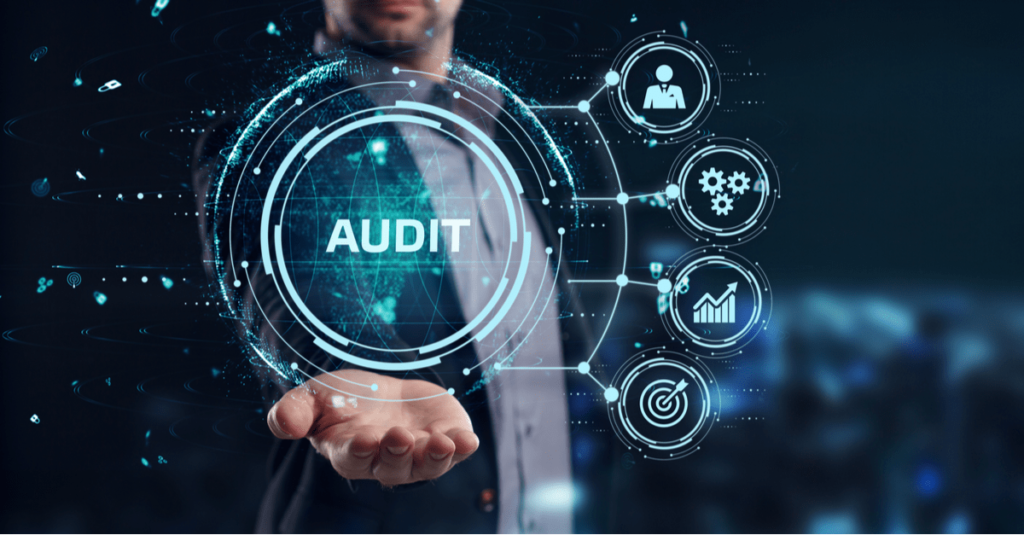
5. Monitor and audit access:
Set up logging and monitoring tools to track user activity and detect any unusual or suspicious behavior. Conduct regular audits to assess security controls and compliance with security policies.
6. Training and awareness:
Educate users and employees about security best practices, such as creating strong passwords, recognizing phishing attempts, and reporting security incidents promptly.


7. Secure integration:
Ensure that integrations with other software or services are secure and do not introduce vulnerabilities. Conduct regular security assessments on third-party integrations to mitigate risks.
8. Compliance with regulations:
Ensure that the SaaS application complies with relevant data protection regulations, such as GDPR, HIPAA, or PCI DSS. Implement necessary safeguards to protect customer data and privacy.
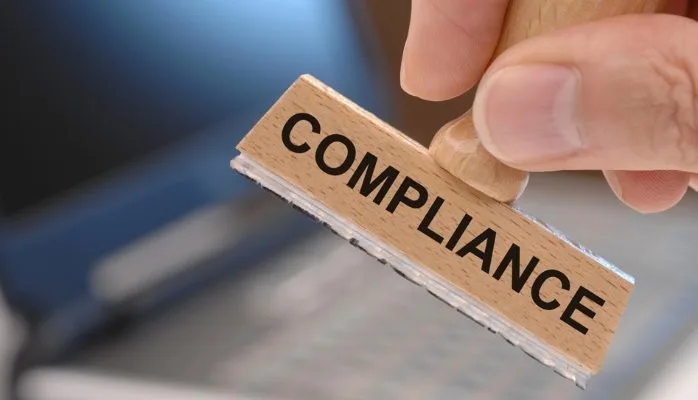
Our Services
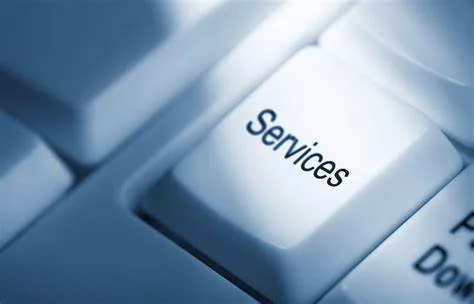
such as data encryption, threat detection and prevention, access control, and security monitoring. They also offer consulting services to help businesses assess their security needs and implement best practices to protect their cloud infrastructure. With eShield IT Services, businesses can rest assured that their data and applications are safe and secure in the cloud.
